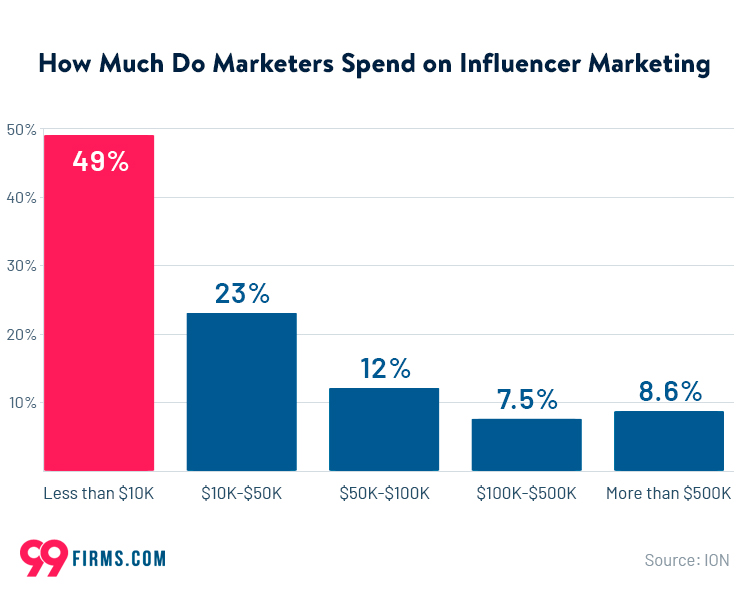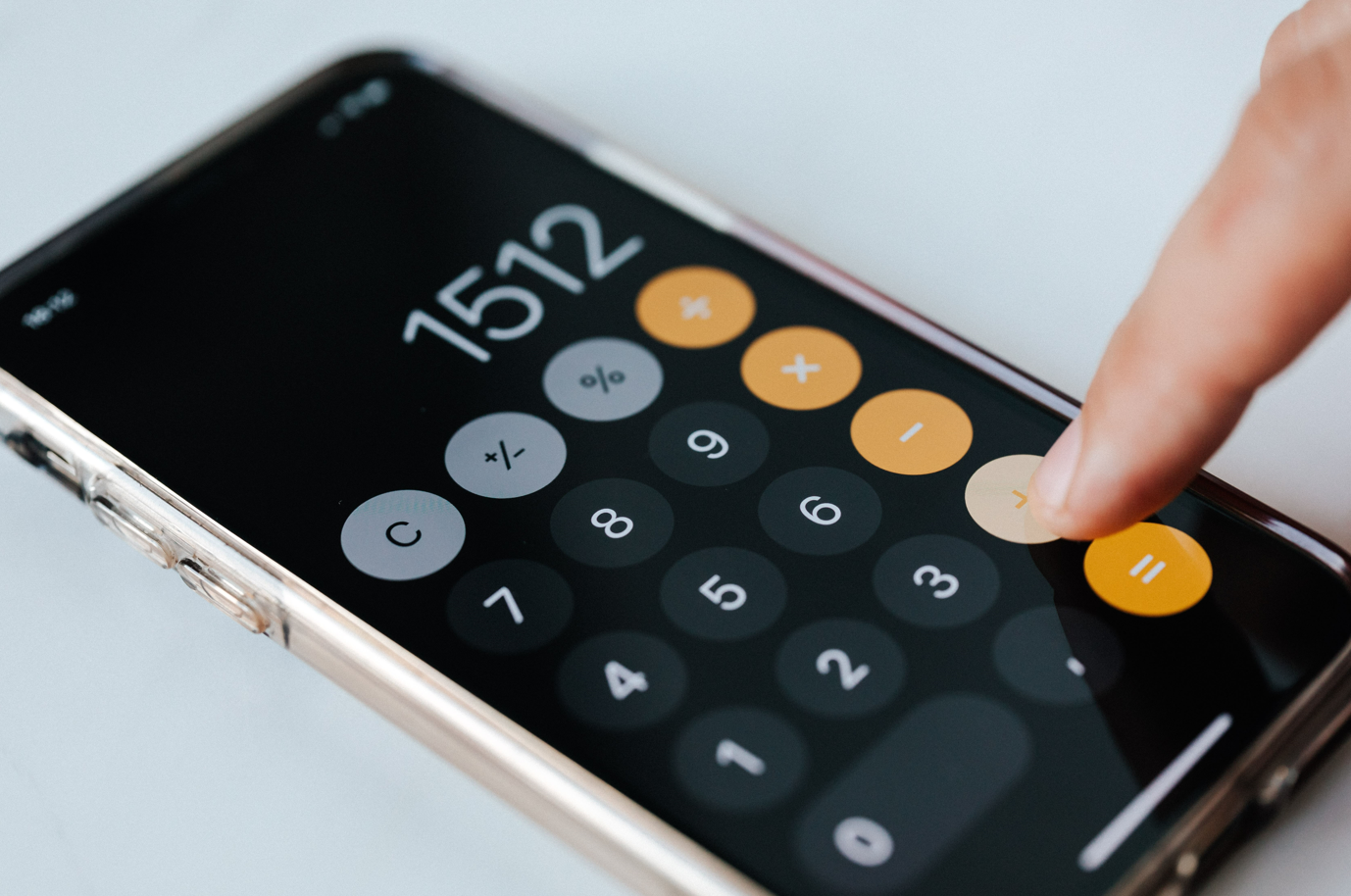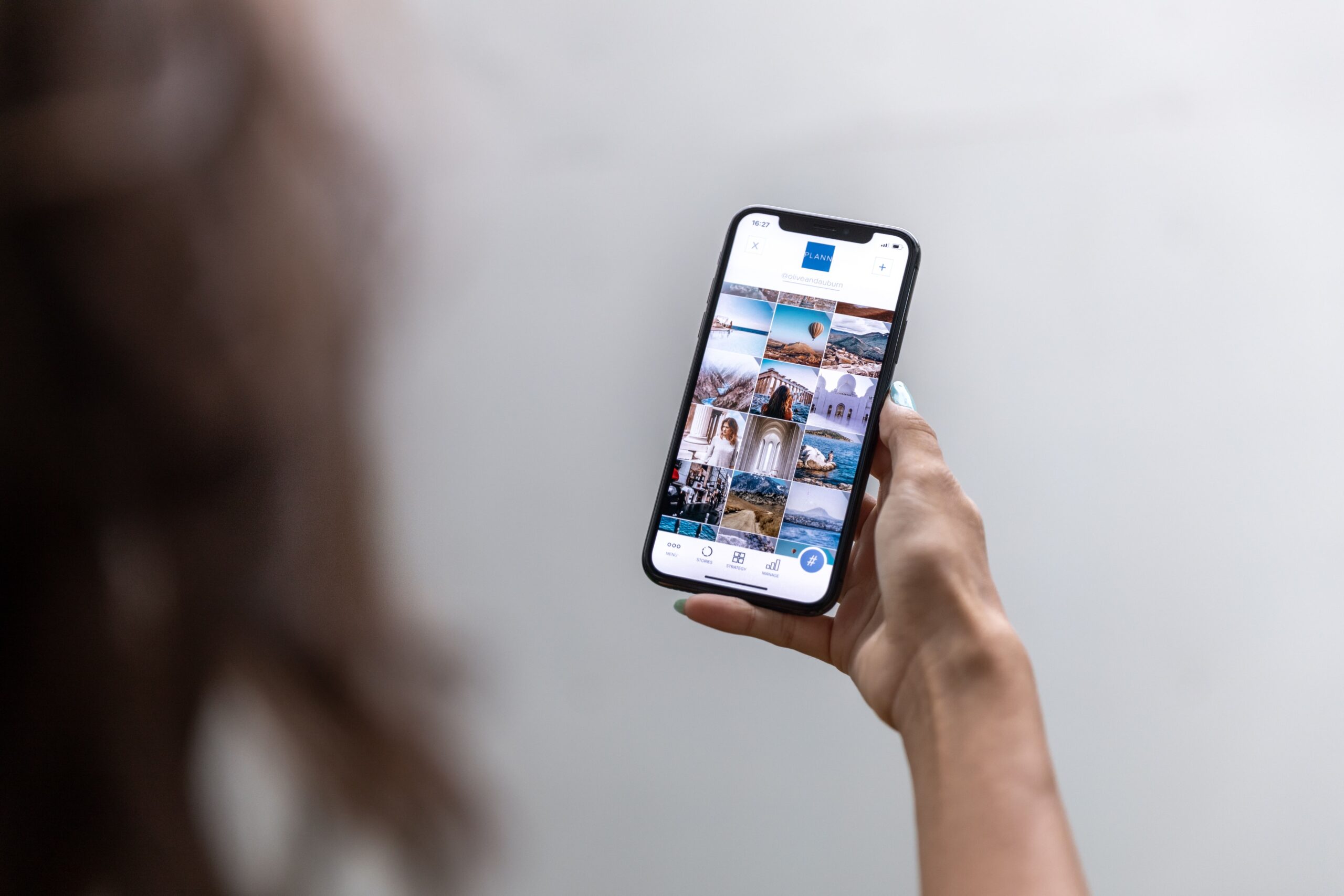5. Struggling in to understand what influencers are
It’s essential to find a suitable influencer because you invest in them while entrusting the brand’s name. Besides, brands that want to get good results when working with influencers need to give them creative freedom. Once the audience comes across content that naturally sounds like their favorite influencer, they are more likely to pay attention to their sponsored post.
Examine what factors led to a particular influencer gaining their audience. Did he teach them something, or did he become famous because of a scandal? All of this should be considered as your brand will be associated with an opinion leader.
Also, be realistic about the results you expect from an influencer. They are great for increasing brand awareness and even introducing new names to the market most of the time while building trust. The audience may be interested in the brand in question but may not necessarily make a purchase immediately after hearing from an influencer.
How To Calculate Fair Fees For Influencers
As we talked about before, influencers are a key element of a marketing strategy. However, they are still a challenge. So, if there’s no single rule that applies to all influencers, how can brands set the right price and still compensate influencers fairly for their work?
One way is to rely not only on the number of followers but also on an influencer’s engagement rate and other factors, such as the type of content and access to a niche audience. Costs, such as a special photoshoot, are also a factor; after all, this is part of the influencer’s job. So the final price suggested by Hootsuite is:
Engagement rate per post + extras for type of post (x #of posts) + extra factors = total rate.
Basically, your brand’s goals should also be considered when choosing the ideal influencer. For brands aiming for high awareness, the number of followers and engagement rate is significant because there is no point in having numbers that do not represent action.
If you want access to a specific audience, micro-influencers may be more relevant, as they usually have a closer relationship with their followers. Finally, pay attention to engagement rates, especially if you want to get conversions. Add up all the factors that go into a post: likes, comments, clicks, and shares, divided by the number of followers and multiplied by 100.
Decreasing Influencer Marketing Costs With Partnerships
As you may have noticed in this article, the influencer marketing market is still based on numbers and divides influencers into different categories. However, this metric is not always able to account for the complexity of the topic and leads to many of the challenges mentioned above: difficulty in finding the right influencer, dependence on social networks which have their own rules, challenges in defining accurate prices, and, in the worst case, fraud.
Above all, what makes marketers’ jobs even more complex is the lack of predictability. Even if a brand can and will pay thousands for an influencer or celebrity on social media, it is not guaranteed to reach the expected audience. In addition, marketing budgets are often wasted on oversaturated channels, which makes it impossible to compete effectively.
By learning about the principles of outbound-based marketing, you can make influencer marketing expenses and returns much more predictable by paying for actions, instead of focusing on numbers.
For instance, micro- (10k – 100k) or nano (0k – 10k) influencers usually deliver good results despite a smaller number of followers, as they strive to provide content that matches the tastes of their target audience, and, above all, are more affordable. Trust, you need only pay for the desired actions.
One of the most common ways to work with outbound-based marketing is by establishing partnerships. After choosing your partners, you’ll pay only for desired actions, which lowers the expenses. Moreover, partnerships allow brands to test a multichannel strategy by employing several channels at once and avoiding wasting their resources.
Changing your approach to your currency marketing campaigns won’t happen overnight. For marketers used to performance metrics, the shift to outcome-based marketing could be challenging. We, therefore, recommend that you explore this topic further in our eBook.





























